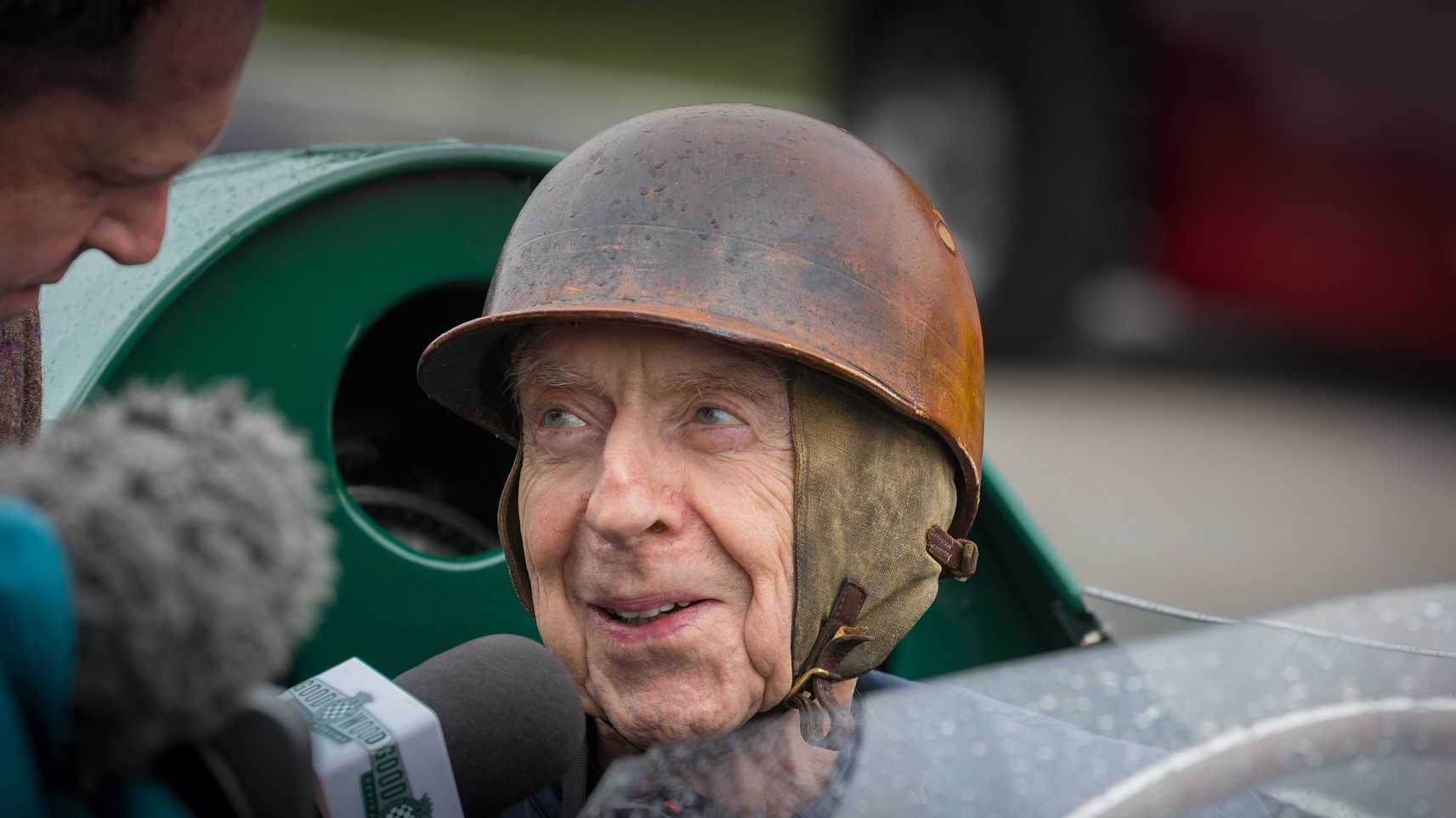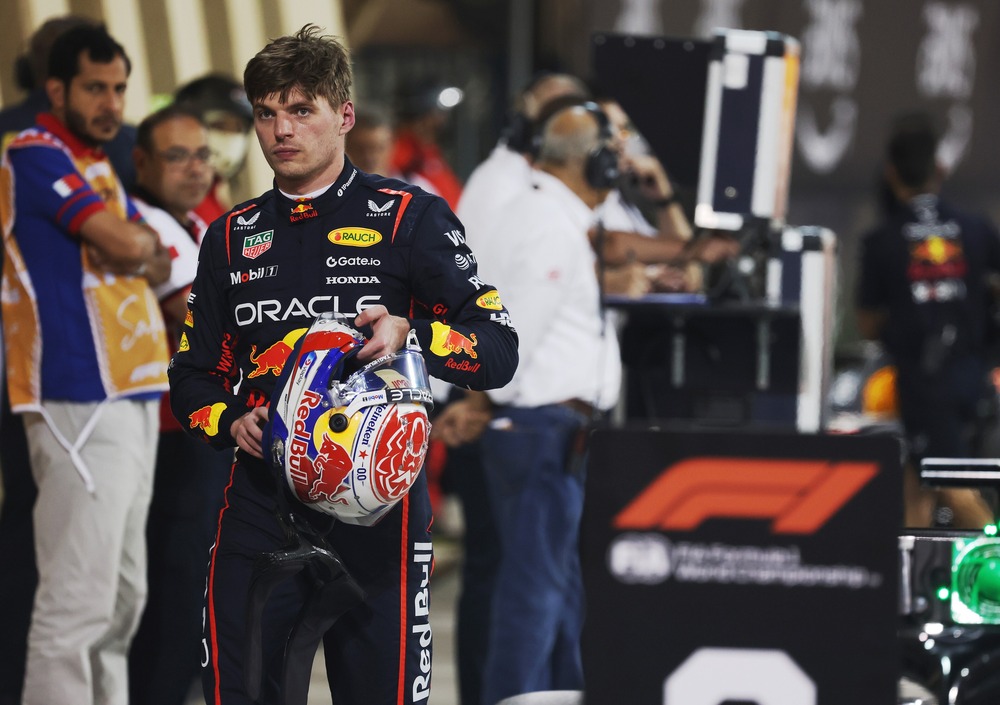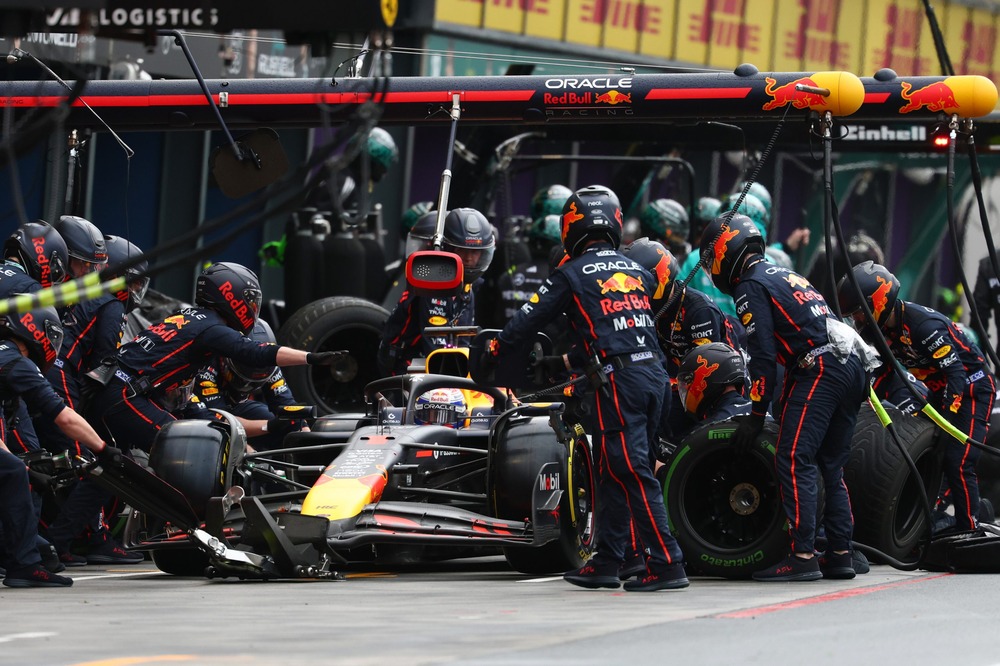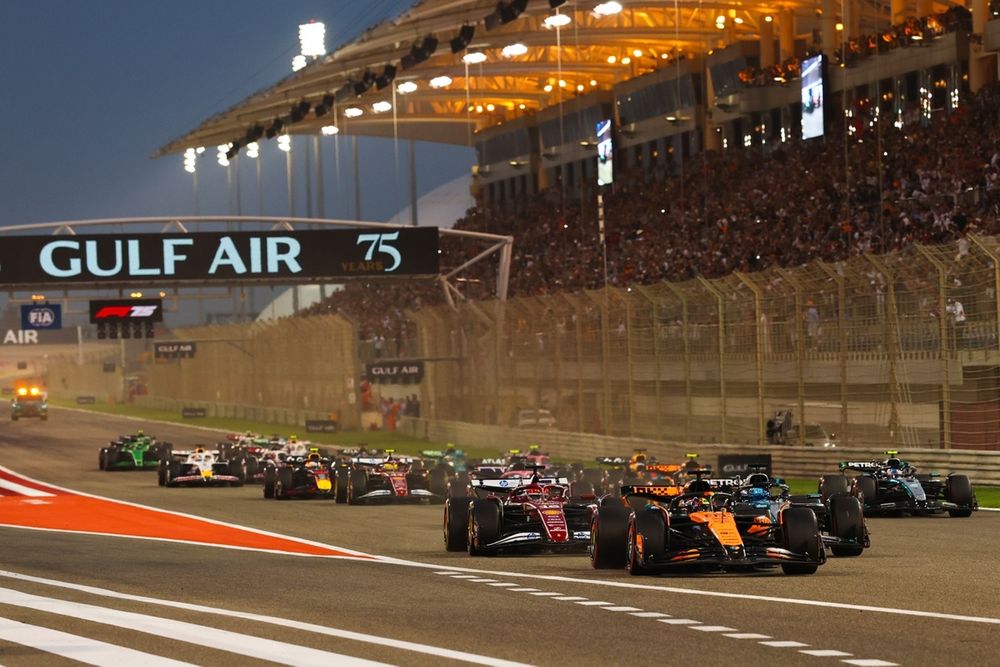Tony Brooks, a six-time grand prix winner and runner-up in the 1959 world championship, died at the age of 90.
Brooks, a six-time Grand Prix winner, was regarded as one of Britain’s best racing talents, alongside Stirling Moss. Unfortunately, his accomplishments were frequently overshadowed by those of his dear friend.
However, remember that only three drivers won 49 of the 75 Grands Prix staged during that time period: Juan Manuel Fangio won 24 times, Alberto Ascari won 13 times, and Stirling Moss won 12 times.
Brooks was F1’s fourth most successful driver, with six victories to his credit, four with Vanwall and two with Ferrari.
His remarkable performance at the non-championship 1955 Syracuse Grand Prix in Sicily, Italy, quickly elevated him to the ranks of British motorsport legends like as Stirling Moss and Mike Hawthorn.
Brooks who was a dentist, was in the middle of treating a patient when his phone called with an offer to drive for the Connaught team in the race. Brooks investigated the track on a scooter before seeing both the course and his B Type machine for the first time because they just arrived in time for final practice.
Brooks won by more than 50 seconds after grabbing a spot on the front row of the grid and fending off the local favourites in Ferraris and Maseratis. With that, he became the first British car and driver to win a ‘away race’ in more over three decades.
He had already raced for Aston Martin in the Le Mans 24 Hours earlier that year, in an event marked by Pierre Levegh’s tragic crash, which killed him and over 80 spectators. In the 1950s, fatalities were common: Peter Collins, Stuart Lewis-Evans, Luigi Musso, and Jean Behra all died in grand prix races during Brooks’ career.
Brooks had been in a few of bad crashes of his own. Brooks’ world championship grand prix debut at Silverstone in 1956 was marred by a jammed throttle, which sent him crashing into the Abbey barriers and injuring his jaw. The next year, he crashed at Le Mans and was pinned underneath his car until it was thrown off him by a passing Porsche driven by Umberto Maglioli.
He surrendered his Vanwall to Moss halfway through their home race at Aintree, still suffering from the affects of the crash. Moss was the first to cross the finish line, and the two shared the triumph, with Brooks claiming his first victory in a championship round.
The following year, he won three solo races on some of F1’s quickest and most difficult tracks: the Nurburgring Nordschleife, the original Spa-Francorchamps, and Monza. Only Moss had more wins, but both were beaten to the championship by Ferrari’s Hawthorn. Despite this, Vanwall’s teammates ensured that the new constructors title was won for the first time.
However, after the loss of another of his drivers, Lewis-Evans, in the season finale, Tony Vandervell withdrew his team. Brooks switched to Ferrari for 1959, but Vandervell stepped in to provide a car for his home race after Brooks’ new squad rejected to compete.
Brooks finished a hard-fought second on his Ferrari debut in Monaco, despite being sickened by cockpit fumes for the majority of the race’s nearly three hours. He was forced to retire at Zandvoort due to an oil leak, but he won his first race as a Ferrari driver at Reims the following weekend.
Brooks won at AVUS in Germany after his Vanwall failed him at Aintree, bringing him within four points of championship leader Jack Brabham. However, he was forced to retire in the penultimate round at Monza due to clutch failure.
As a result, Brooks went into the championship race at Sebring with a little chance of winning. In his 2012 autobiography, he expressed his disappointment that Harry Schell was permitted to start the race from third on the grid, despite the fact that the time that won him the spot had been disallowed, knocking Brooks off the first row. On the opening lap, he was hit by teammate Wolfgang von Trips.
Despite the delay, Brooks finished third, three minutes behind the leader. Meanwhile, Brabham’s title aspirations were jeopardised when his car broke down on the final lap and he had to carry his car over the finish line in fourth place, gaining no points. It was a case of what may have been for the driver.
Brooks’ thoughts were rapidly shifting away from motor racing and toward building his own company. In 1960, he informed Ferrari that he would not be racing for them, but was persuaded to reconsider when Vandervell approached him about reviving the Vanwall project. When it became evident that a new rear-engined car would not be built, Brooks decided to join the Yeoman Credit team instead.
Fourth place in the season opening in Monaco was his best finish in a season marred by inconsistency. Brooks quickly realised that switching teams was a mistake. Unfortunately, it was a mistake he made again when he moved to BRM for the following season.
Formula 1 had suffered one of its regular rule modifications, requiring 1.5-litre engines. Brooks was underwhelmed by his team’s new V8’s failure to emerge and the new generation’s reduced performance.
Von Trips was murdered in the penultimate round of the season while vying for the title with his Ferrari teammate Phil Hill. The Scuderia opted out of the last race at Watkins Glen, where Brooks passed Bruce McLaren to finish on the podium for the first time since his failed title bid two years prior.
That means he finished on the podium at the end of his racing career. Brooks opted not to race any more, since his filling station company was taking off and he was expecting his second child, and he resigned from motorsport at the end of 1961. With his death on May 3rd, 2022, he became the last living grand prix winner from the 1950s.






